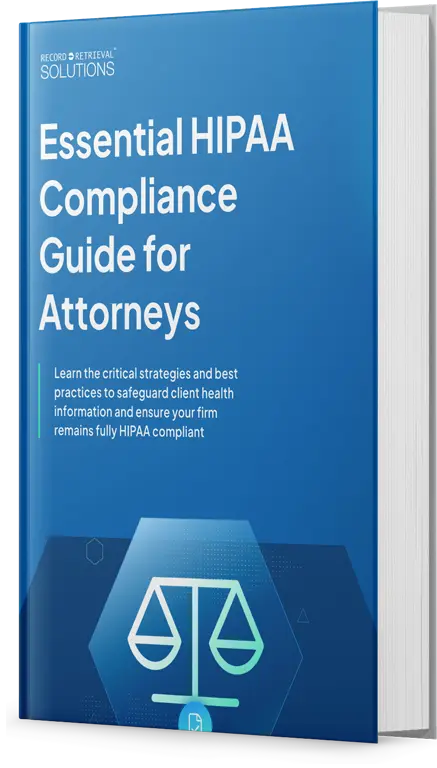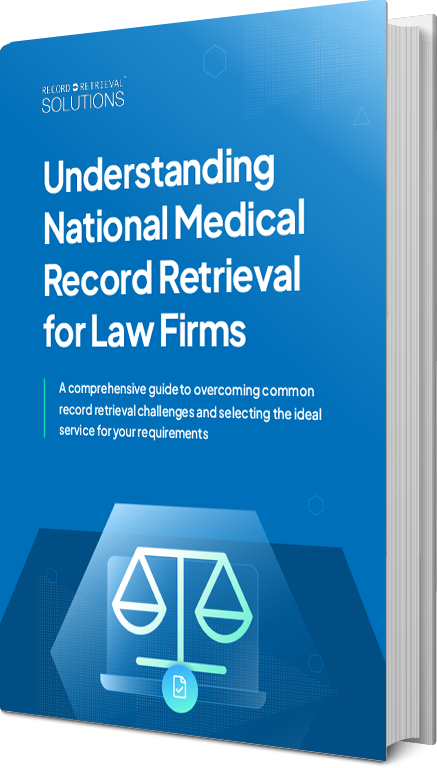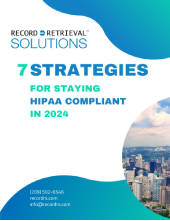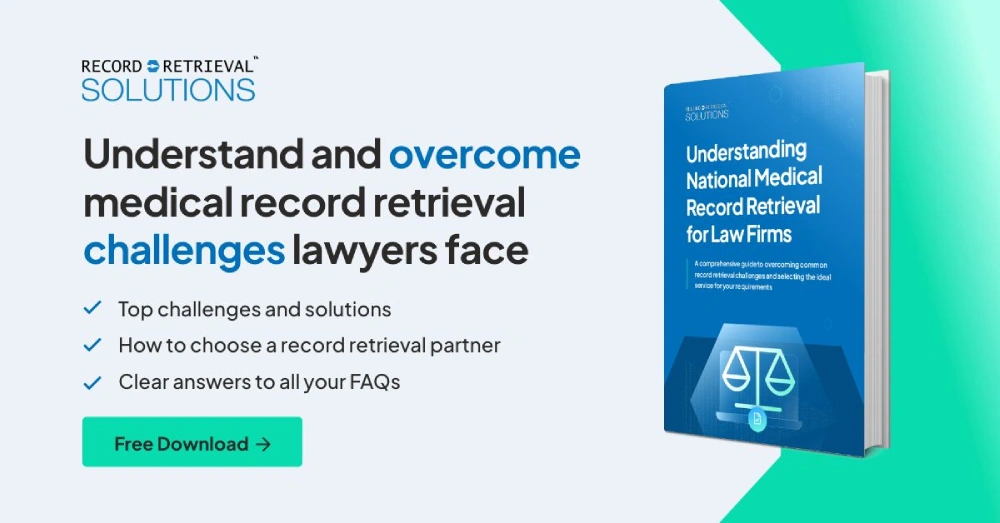Addressing the medical record staffing shortage involves a multifaceted approach: enhancing training and education, offering competitive salaries and benefits, embracing technology and automation, and improving the work environment. Strategies include developing specialized training programs, aligning curriculum with industry needs, introducing ergonomic workspaces, and implementing advanced technologies like EHRs and AI to streamline processes. These measures aim to attract, retain, and make efficient use of medical record staff, ensuring a robust and responsive healthcare records system.
Strategy 1: Increasing Training and Education
The key to addressing the medical record staffing shortage lies in empowering the current and future workforce with enhanced skills and knowledge. By focusing on increasing training and education, healthcare organizations can build a robust team capable of adapting to the evolving demands of the medical record field. This strategy encompasses several targeted actions:
Promote Specialized Training Programs
Introducing specialized training programs can significantly elevate the skill set of medical record staff, enabling them to efficiently handle modern healthcare systems and technologies. This not only improves their productivity but also their ability to manage complex medical records with accuracy and confidentiality.
Collaborate with Educational Institutions
Forming partnerships with educational institutions to align their curriculum with the real-world needs of the healthcare industry ensures that graduates are well-prepared to enter the medical records field. This alignment is crucial for producing a workforce that is immediately capable and knowledgeable about current industry practices and technologies.

Enhance On-the-Job Training
On-the-job training for new employees is vital for their quick adaptation to the specific processes and systems used within their new workplace. This type of training helps reduce the initial workload on existing staff and increases the overall efficiency of the medical records department.
Prioritize Training in High Shortage Areas
By focusing training efforts in regions or specialties that are experiencing higher levels of staff shortages, organizations can directly address the gaps in their workforce. This strategic focus helps to quickly bolster staff numbers where they are needed most, ensuring that patient care and record management do not suffer due to understaffing.
Develop a Mentorship Program
Implementing a mentorship program where seasoned employees guide newcomers can dramatically speed up the learning curve for new staff. This approach fosters a supportive learning environment, encouraging knowledge sharing and enhancing team cohesion.
Establish Partnerships for Specialized Training
Creating alliances with professional organizations to offer specialized training programs can further enhance the expertise of medical record staff. These partnerships can provide access to advanced training resources and certification programs, elevating the professional development opportunities available to staff.
Through these comprehensive steps, increasing training and education emerges as a pivotal strategy for mitigating the medical record staffing shortage. By investing in the workforce’s growth and development, healthcare organizations can ensure a future where the management of medical records is efficient, secure, and adapted to the needs of the modern healthcare landscape.
Strategy 2: Offering Competitive Salaries and Benefits
Addressing the medical record staffing shortage requires not just an investment in training and education but also in creating an attractive employment offer. Offering competitive salaries and benefits is a critical strategy for attracting and retaining skilled medical record staff. Here’s how healthcare organizations can implement this strategy effectively:

Offer Competitive Salaries
Competitive salaries serve as a primary motivator for attracting skilled professionals to the medical records field. By ensuring that salary offerings are on par with or exceed industry standards, organizations can appeal to a wider pool of talent. This is especially important in a competitive job market where candidates may have multiple offers to consider.
Provide an Attractive Benefits Package
A comprehensive benefits package can be just as important as the salary in attracting and retaining staff. Including health insurance, retirement plans, paid time off, and other benefits can make a position much more appealing. Benefits such as flexible working hours and the possibility of remote work can also add significant value to the employment package.
Consider Regular Salary Reviews
Implementing regular salary reviews ensures that the compensation remains competitive over time, adjusting for inflation and changes in the industry standard. This practice can help in retaining staff, as they feel their value is recognized and adequately compensated as the market evolves.
Align Compensation with Responsibilities
It’s crucial that the compensation package reflects the responsibilities and workload of the medical record staff. Fair compensation for the level of expertise and effort required can improve job satisfaction and reduce turnover rates.
Promote a Positive Work Environment
While financial compensation is vital, promoting a positive work environment where staff feel valued and supported is equally important. A culture of respect, recognition, and professional growth can significantly enhance job satisfaction, thereby aiding in retention.
Benchmark Salaries and Benefits
To ensure that the salaries and benefits offered are truly competitive, healthcare organizations should regularly benchmark against other similar institutions. This benchmarking should take into account not only other healthcare providers but also companies outside the industry that may compete for similar skill sets.
By adopting this strategy, healthcare organizations can create a compelling offer for current and prospective medical record staff. Offering competitive salaries and benefits not only addresses immediate staffing needs but also builds a foundation for long-term stability and growth within the medical records department. This approach signals to current and potential employees that the organization values their contribution and is committed to their well-being, making it a more attractive place to work.
Strategy 3: Embracing Technology and Automation

In the face of medical record staffing shortages, leveraging technology and automation presents a forward-thinking solution. By integrating advanced technologies and automating routine tasks, healthcare organizations can significantly alleviate the demand on human resources while enhancing efficiency and accuracy. Here’s how embracing technology and automation can be a game-changer:
Implementing Electronic Health Records (EHRs)
Transitioning to Electronic Health Records (EHRs) can dramatically reduce the reliance on manual record-keeping. EHRs streamline the storage, retrieval, and management of patient information, making the process faster and more efficient, which directly addresses staffing shortages by minimizing the manual labor required.
Automation of Administrative Tasks
By automating administrative tasks such as data entry, appointment scheduling, and billing, medical record staff can be reallocated to more critical duties that require human oversight. This not only optimizes staff usage but also increases job satisfaction by focusing on meaningful work.
Utilizing AI and Machine Learning
Artificial Intelligence (AI) and machine learning can revolutionize record-keeping by automating complex processes, from data analysis to predictive modeling of patient outcomes. These technologies can handle tasks that traditionally required extensive human effort, thus reducing the need for a large staff.
Expanding Telemedicine Capabilities
Telemedicine allows for remote access to medical records and consultations, significantly reducing the necessity for physical staffing in healthcare facilities. This can be particularly beneficial in regions with acute staffing shortages, ensuring continued patient care despite limited personnel.
Implementing Digital Platforms for Record Management
Digital platforms enhance the efficiency of record management, allowing fewer staff to maintain and manage a larger volume of records. These platforms often feature user-friendly interfaces and powerful search capabilities, speeding up information retrieval and processing.
Training Staff on New Technologies
Investing in training for existing staff to master new technologies can greatly increase productivity. As staff become more proficient with these tools, they can accomplish their tasks more quickly and accurately, potentially reducing the need for additional hires.
Investing in Cloud-Based Systems
Cloud-based systems offer secure, scalable, and accessible solutions for medical record management. By enabling staff to access records from anywhere, these systems can alleviate the need for a large onsite staff and offer flexibility in staffing arrangements.
Automated Reminders and Alerts
Implementing automated systems for reminders and alerts can ensure that records are updated timely, reducing the need for manual monitoring and follow-ups by staff. This can free up resources to focus on areas that require direct human intervention.
Embracing technology and automation as a strategy to address medical record staffing shortages not only provides immediate relief but also sets the stage for a more sustainable and efficient future in healthcare record management. This approach allows healthcare organizations to maintain high standards of care and compliance while navigating the challenges of staffing shortages.
Strategy 4: Improving Work Environment
Creating a supportive and efficient work environment is essential for addressing medical record staffing shortages. A positive work setting not only attracts new employees but also retains existing staff by fostering job satisfaction and productivity. Here are several approaches to enhance the work environment for medical record staff:

Implement Ergonomic Furniture and Equipment
Investing in ergonomic furniture and equipment minimizes physical discomfort and the risk of repetitive strain injuries among staff. Ergonomic chairs, adjustable desks, and supportive keyboards can make a significant difference in day-to-day comfort, leading to increased productivity and reduced absenteeism due to health issues.
Enhance Lighting and Noise Control
A workspace with adequate lighting and minimal noise distractions is crucial for maintaining focus and accuracy in record management. Improving these aspects can help staff work more efficiently, reducing the likelihood of errors and enhancing overall job satisfaction.
Promote a Positive Culture
Cultivating a workplace culture that values teamwork, respect, and open communication creates a supportive and engaging environment. Encouraging collaboration and appreciation among team members can boost morale, decrease stress, and reduce turnover rates.
Provide Necessary Resources and Tools
Access to the latest software and ongoing training opportunities allows medical record staff to stay abreast of technological advancements and best practices in record management. By equipping staff with the necessary tools and knowledge, organizations can streamline processes, reduce workloads, and alleviate job-related stress.
Encourage Feedback and Suggestions
Creating channels for employees to voice feedback and suggestions fosters a sense of ownership and inclusion. This approach not only empowers staff but can also uncover valuable insights into improving work processes and the environment. Actively implementing changes based on staff input demonstrates that their contributions are valued, further enhancing job satisfaction.
Improving the work environment encompasses a comprehensive strategy that addresses both the physical and psychological aspects of the workplace. By focusing on ergonomics, workplace atmosphere, culture, resources, and open communication, healthcare organizations can create a more desirable and productive environment. This not only aids in addressing current staffing shortages but also sets a positive precedent for attracting future talent to the medical records field.







